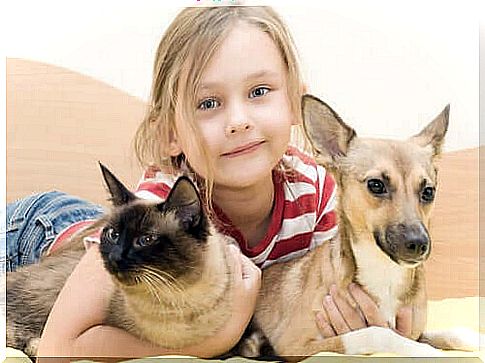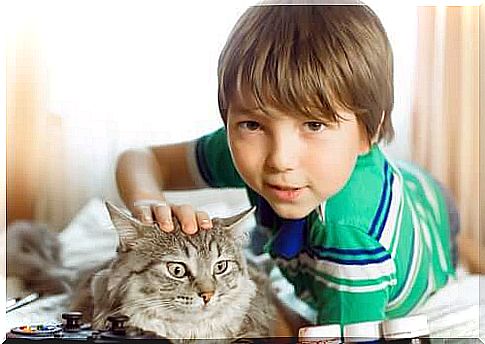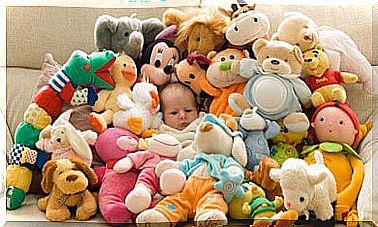Benefits Of Contact Between Children And Animals – Being Parents

It is common to hear about the many benefits of contact between children and animals. Indeed, if we want our children to learn the value of life and responsibilities and to strengthen their immune defenses and their respiratory and heart systems, getting a small pet is great.
A pet often brings love, laughter, and joy to a home. Animals, especially dogs, can be staunch guardians and companions for children. Discover in detail the benefits of contact between children and animals and you will be even more motivated to expand the family.
The interest of humans in animals
Whatever their age, human beings have always felt the need to be close to animals and to share their daily life with them. No wonder, then, that nearly 40% of the world’s population own a pet, be it a dog, cat or domestic poultry, among other species.
Moreover, many households already have a pet before the baby arrives, and cohabitation between all the members often goes very well. In fact, when this happens, children immediately familiarize themselves with animals and thus grow up learning to be respectful, supportive and sensitive towards living beings.
For many, it stands to reason that a pet provides emotional and psychological benefits to children. That said, it is still common to hear that their presence can be harmful to the health of the little ones.
However, if we exclude the case of allergic children, having a pet can also contribute to the proper functioning of their body and in particular the respiratory tract.

Benefits of contact between children and animals
1. Protection against respiratory diseases
Studies have clearly shown that children who are in constant contact with dogs develop fewer breathing problems, including allergies.
The reason is that the microorganisms found in the skin and hair of dogs trigger an immune response by entering the child’s body through the respiratory tract. Thus, they protect the child from pathogens of asthma.
To give precise figures, 35% of children who live in the presence of dogs have fewer diseases such as cough or rhinitis.
2. Children and animals: resistance to diseases such as ear infections and fever
The same study, mentioned earlier, also claims that children who live in contact with a dog suffer less from ear infections: they are then only 50%. Regarding newborns and children under one year of age, we noticed an increase in immune defenses in the little ones, due to the fact that they consumed less antibiotics.
3. Learn to be responsible
Children in contact with animals are more available to do their homework and work in class. This comes from the fact that they learn to take responsibility for the life of another being and understand the negative consequences that can be caused by not fulfilling their duties towards the animal.
Among other responsibilities, it may be to wash them, put them on the leash, feed them, train them or keep their space clean. Depending on the age of the children, it is possible to give them some of these tasks.
4. Children are more motivated to be physically active
Children in contact with dogs are more active and more likely to exercise and participate in the outdoors. One of the most important entertainment for the little ones is undoubtedly to stretch out in parks or open spaces, a dog is the ideal companion for this.

5. Pets take care and also protect children
Animals have this ability to immediately identify weaker family members and the smallest in the household. There are countless stories of how dogs alerted their owners when children were in trouble or rescued severely endangered pups themselves.
In addition, many colleges and institutions around the world employ benevolent dogs, such as golden retrievers, to patrol near classrooms. They thus have the function of companions and guards.
Finally, it is important to remember that from the moment you decide to welcome an animal, the person mainly responsible for taking care of it is the adult.
However, under the guidance of parents and with the correct upbringing of the pet, children will be able to count on a play and adventure companion who will fill their hearts with love for a long time.









